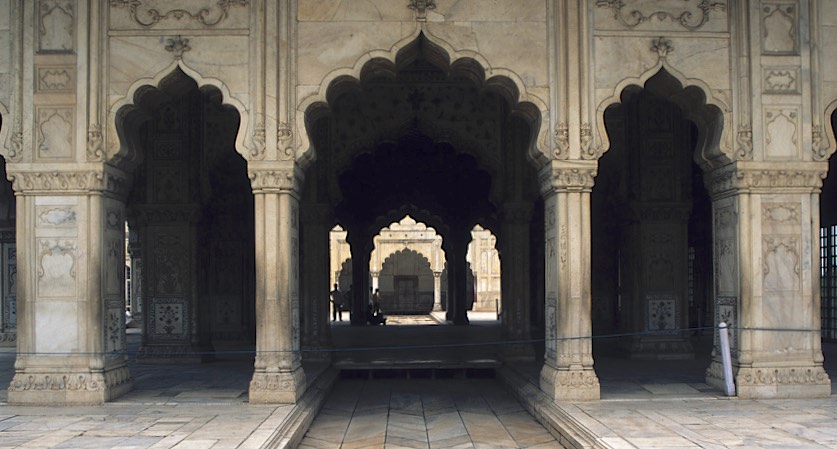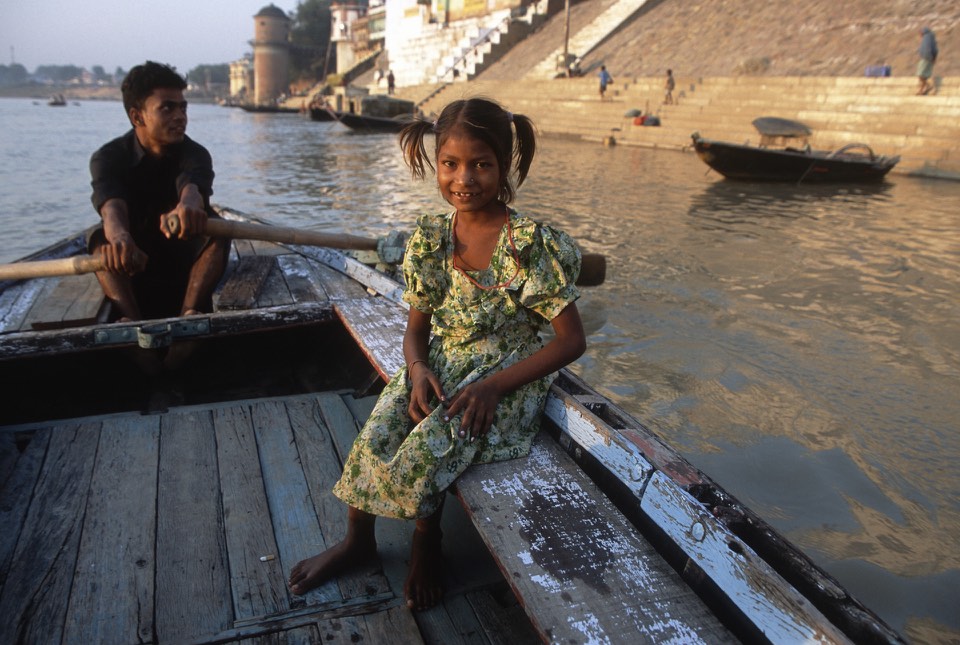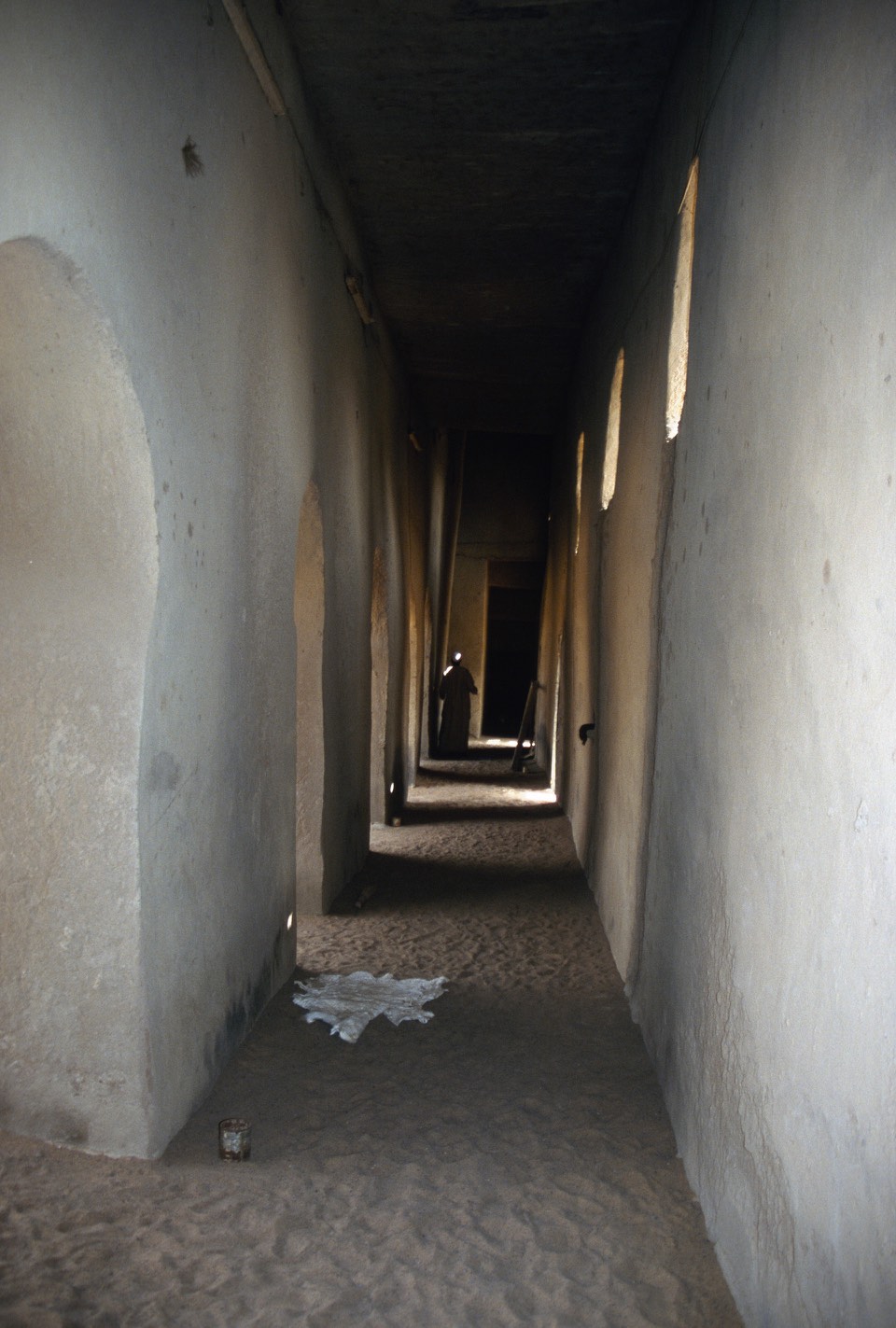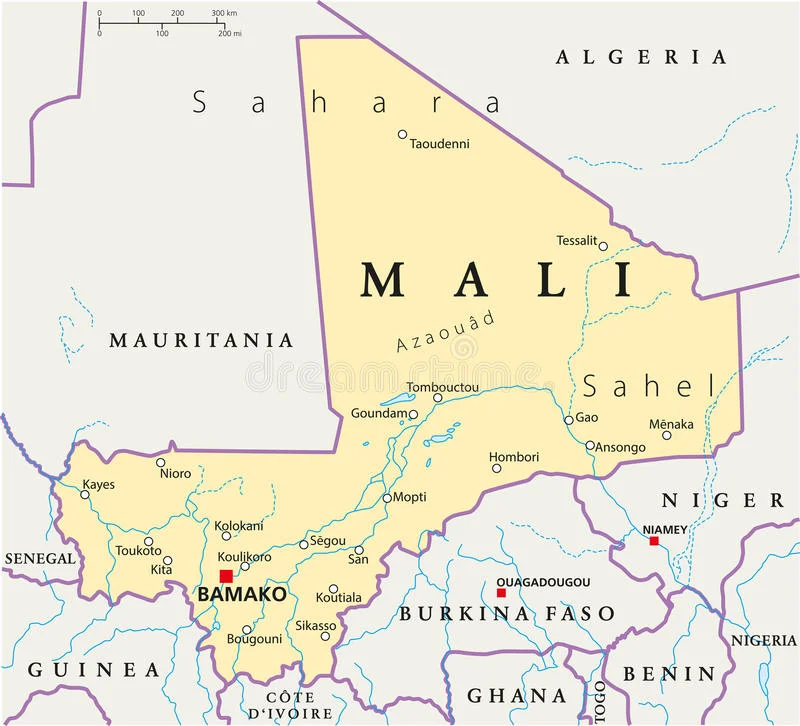New Delhi
New Nehli - Old Fort
Old Fort of New Delhi
Personal space - non existent at the New Delhi fort
New Delhi
New Delhi
New Dehli
New Dehli
New Delhi
New Delhi main railway station - a fascinating cross road of Indian cultures and people
New Delhi
The stylist and his assistant
Dr Vimla to the rescue!
New Delhi
Back streets of Old New Delhi
Shave time!
Camel parking in New Delhi
At the market in New Delhi
At the market in New Delhi
This kid had amazing European features with blue eyes
At the animal market in New Delhi - very easy going people
New Delhi
Agra
Agra
Agra
On the road in India
Main mosque in New Delhi
Main Mosque in New Delhi
Main mosque in New Delhi
Main Mosque in New Delhi
Old Mosque in New Dehli
Varanasi
Varanasi
Ghats of Varanasi
Holy Ganga in Varanasi
Varanasi
Waiting for cremation in Varanasi
Ganga
Ganga in Varanasi
Preparing for cremation in Varanasi.
Varanasi
Varanasi
Varanasi
Ladakh - traditional outfits
Traditional outfits of Ladakh
Matura, the birth place of Lord Krishna
Matura is full of fascinating people - pilgrims and wanderers
Hard life - this can not be good for you…
Matura - keeping up with the scriptures
Tea vendor in Matura
He was trying to hypnotize me :-)
Lord Krishna rules Matura
Matura
The birthplace of ShriKrishna
Krishna fashions
Matura
Matura
Matura, selling tika
Street food in Matura, not the healthiest but very cheap
Matura
















































































































































































































































































































































































































































































































